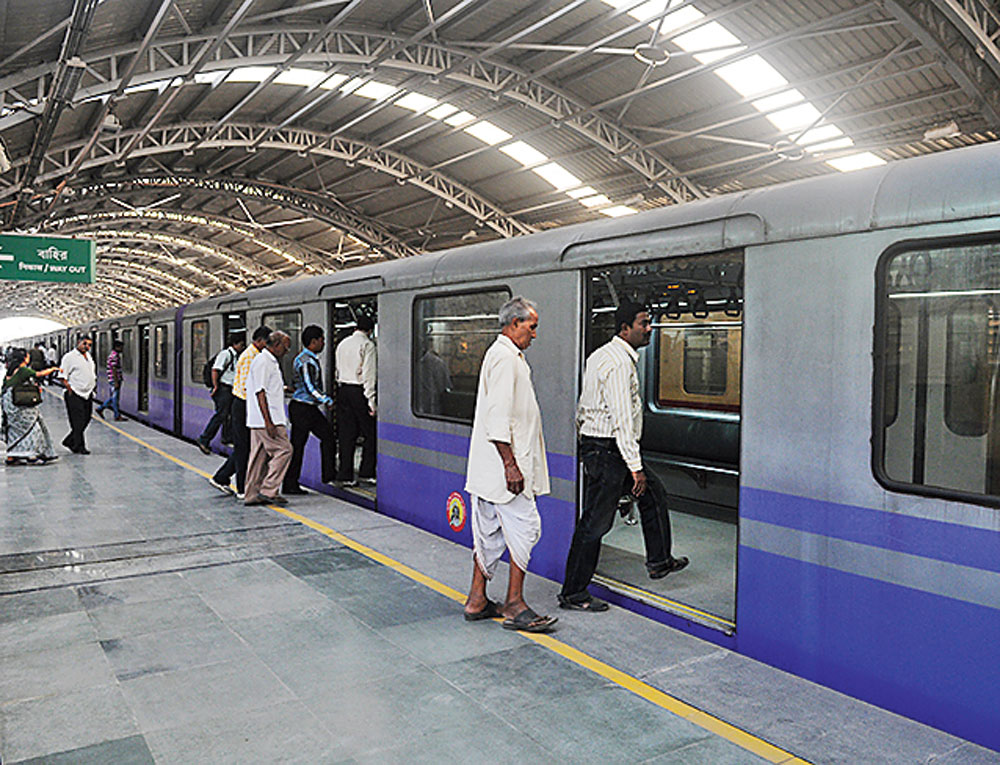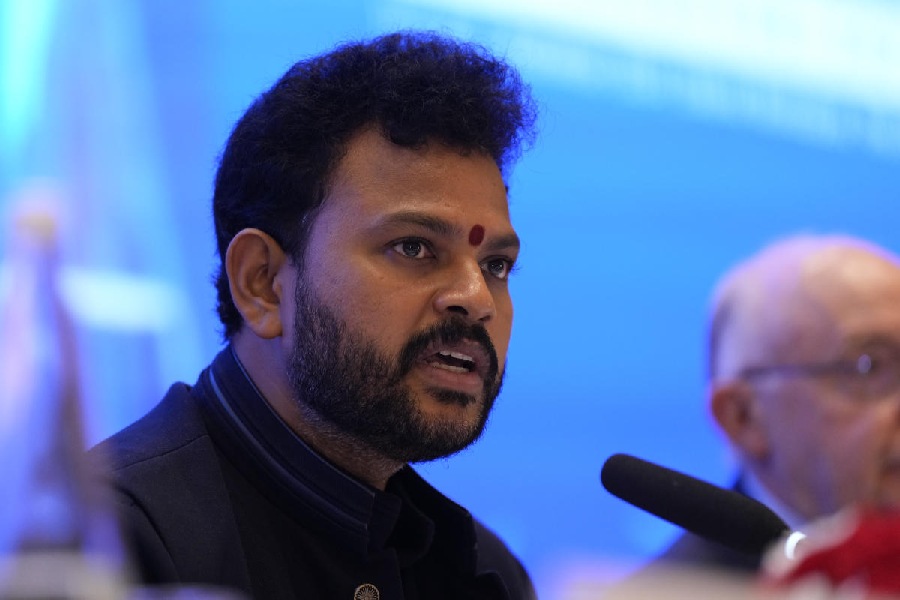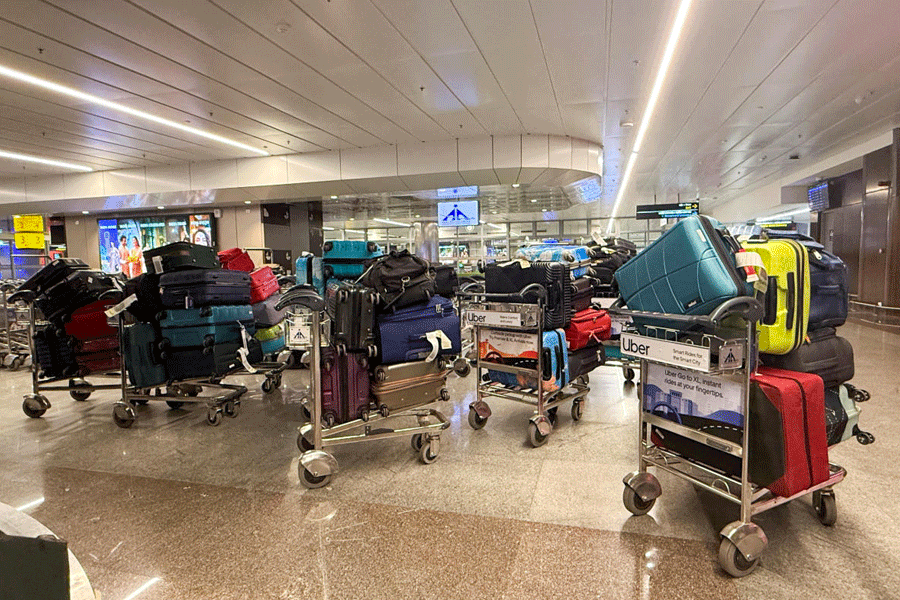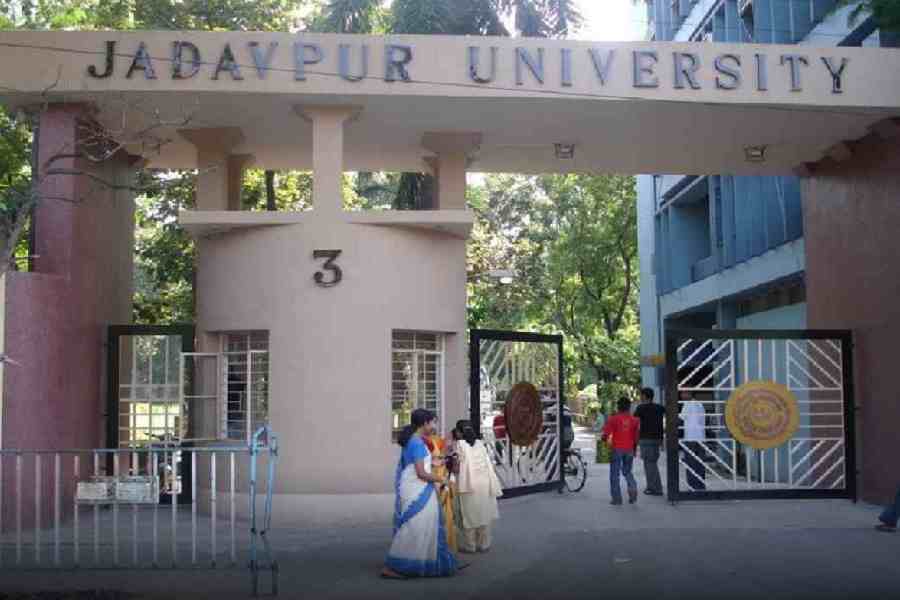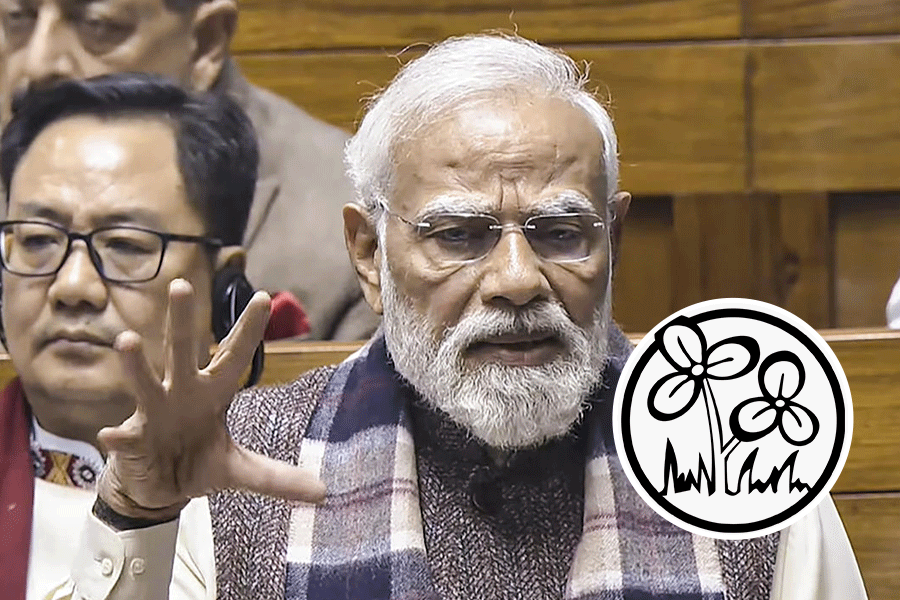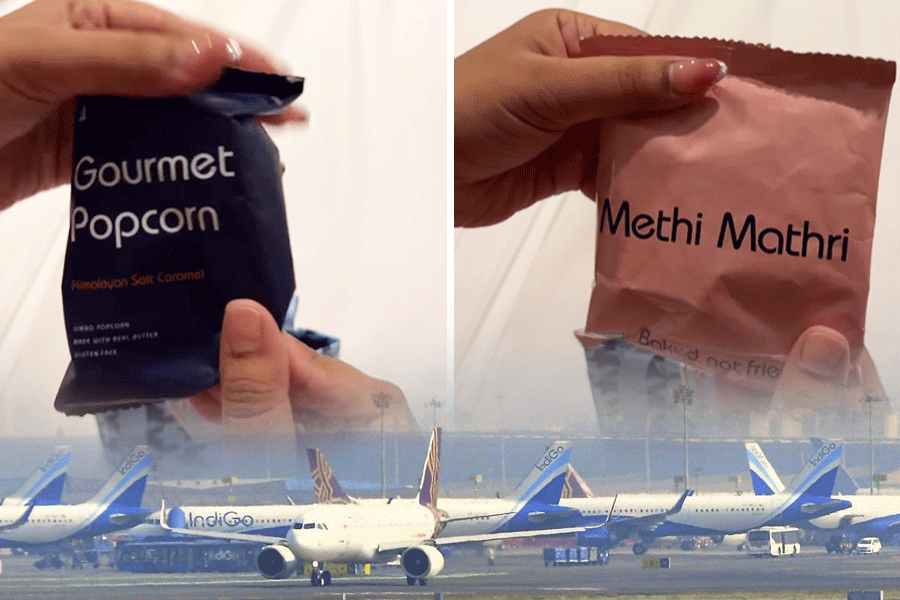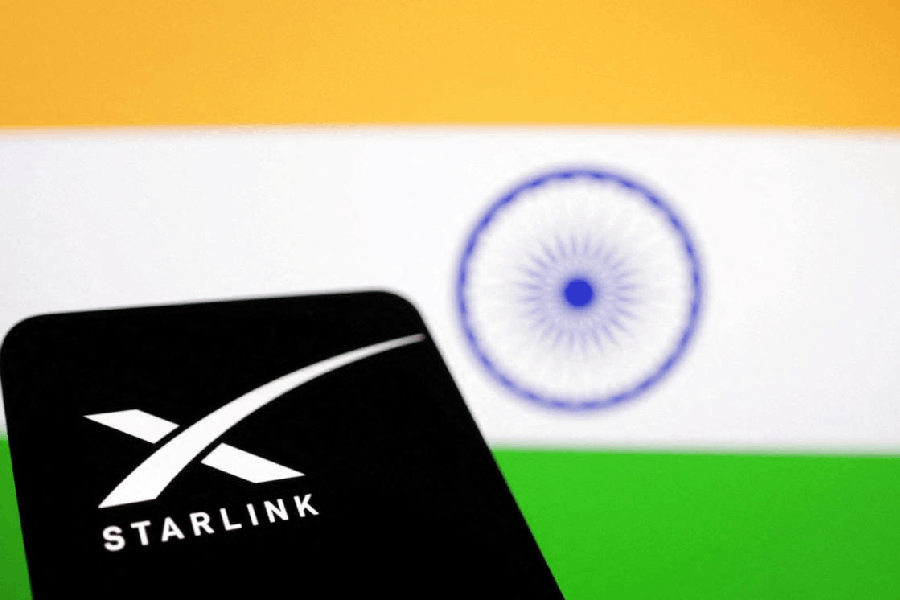Metro services may resume from July 1 if it can be ensured the trains run only with seated passengers, chief minister Mamata Banerjee said on Friday.
Railway and Metro officials said they were awaiting a formal communication from the state government but had started weighing options to control the number of passengers.
Metro officials said that among the Covid-19 curbs being planned were the suspension of tokens and access for only smart-card users, and ensuring crowd control right from the station gates. Metro services have been suspended since March 25.
In the afternoon, the chief minister told a news conference: “We have spoken to Metro Railway. The trains can run if the seats are sanitised.... People will benefit from the resumption of Metro services.”
Mamata added: “But please prevent overcrowding. Metro already has a system in place… there are automated gates. Only people with tickets can enter through the gates. So, they should look into the existing system, how to use it.
“The trains can run from July 1 if social distancing is maintained, overcrowding prevented and only passengers who can be seated are allowed. We will request the public to avoid a rush.”
In a video conference on Friday, Railway Board chairperson Vinod Kumar Yadav said from New Delhi in response to questions on the Metro: “We have not received any request from the state government. We will be able to take any decision after getting a request from the state government.... We will have to jointly work with the state government.”
Metro spokesperson Indrani Banerjee said the commercial services would start only after the go-ahead arrived from the railway board.
“We have been coordinating with the state government. Together, we will work out the modalities, some of which are already in place,” Banerjee said.
Metro officials spelled out the challenges. Before the suspension, the Metro attracted a daily average of 600,000-plus passengers. Maintaining social-distancing among even a third or fourth of that number would be daunting, officials said.
“For now, we are planning to let in only smart-card users. Tokens have the risk of contamination. The number of smart-card users is comparatively low, too,” a Metro official said.
An eight-coach Metro train can seat around 400-420 people. Officials said the trains may be run with a curtailed seating capacity to ensure social distancing.
However, keeping track of the number of passengers will be challenging because of the multiple origin and destination points. “There are 24 stations from where people get on and off the trains. We are not equipped to keep real-time track of the smart cards swiped at every gate,” a Metro official said.
Metro officials are also working on a plan to enforce crowd control at the station entrances and again at the concourses so the “platforms don’t get overcrowded”.
Social-distancing needs to be maintained not only on the platforms and the trains but also in the queues at the entry points.
At some stations, the floor in front of the ticket counters has already been marked to ensure people stand well apart from one another. Seating arrangements on the platforms have also been altered.
The Metro used to run 288 trains every weekday before the services were stopped. “The number would probably go down,” a senior official said.

